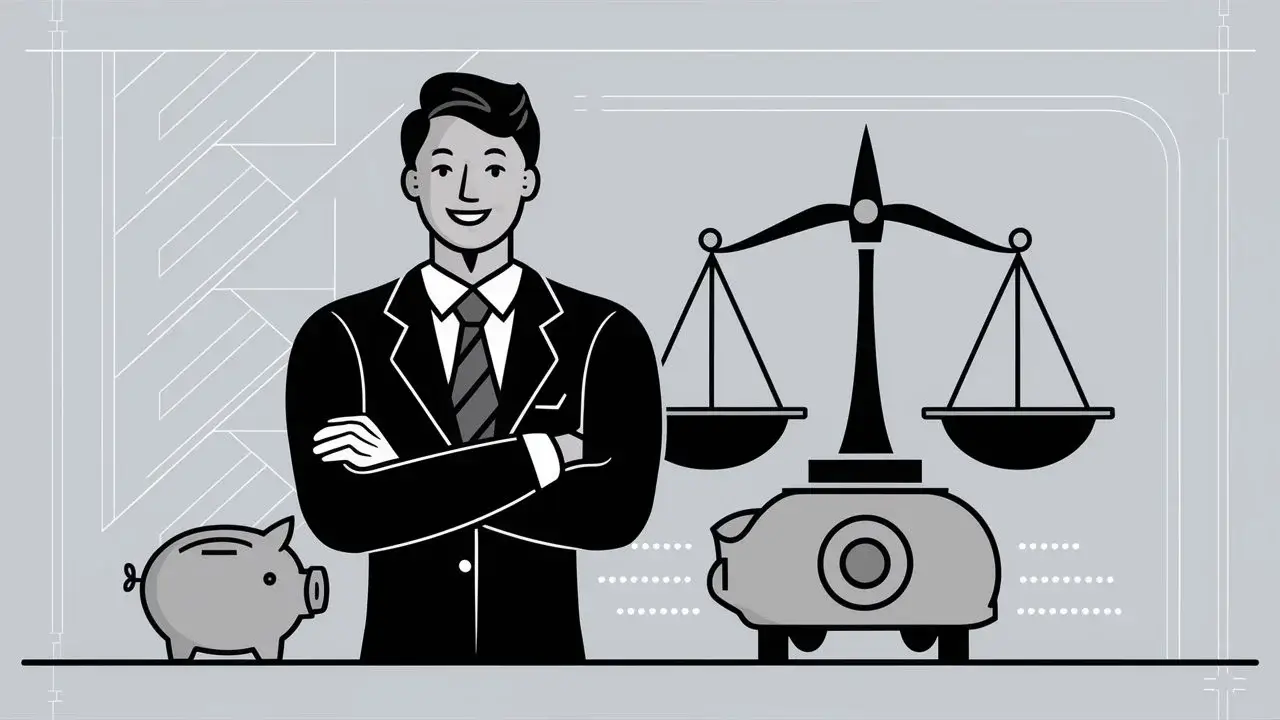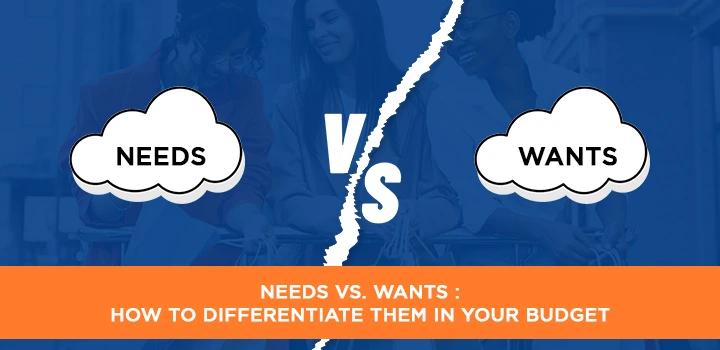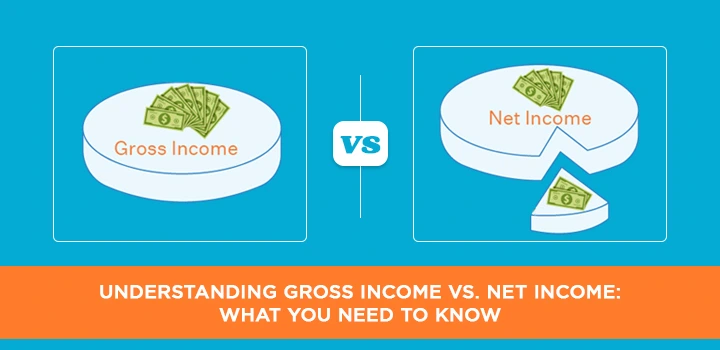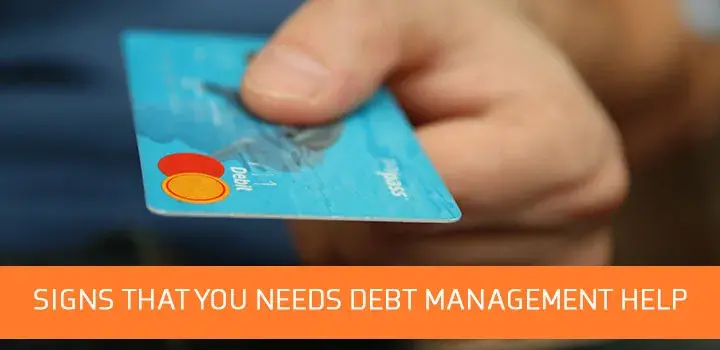-
Posted on: 21 Dec 2022
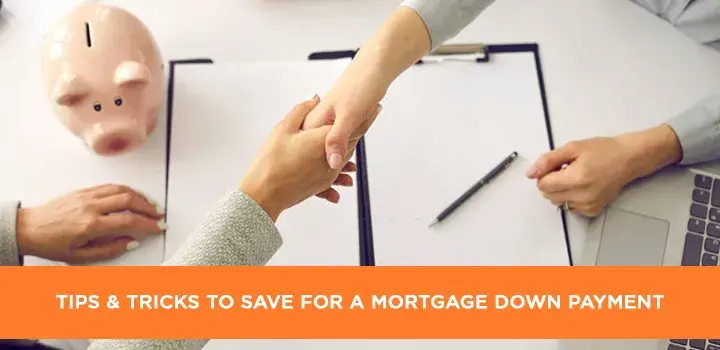
-
Securing your dream home often hinges on one significant hurdle: the mortgage down payment. This blog post dives deep into actionable strategies and clever tactics to help you save substantial money on your down payment, making homeownership more attainable than ever in 2025.
Understanding Mortgage Down Payments in 2025
The mortgage down payment is the initial sum of money you pay upfront when purchasing a home. It represents a percentage of the total home price, and the remaining balance is what you finance through a mortgage loan. In 2025, the landscape of homeownership continues to evolve, with interest rates and housing prices presenting unique challenges and opportunities. Understanding the fundamentals of down payments is the crucial first step in navigating this market effectively. A larger down payment generally leads to a smaller loan, lower monthly payments, and potentially better interest rates, but it also requires significant upfront savings.
What Exactly is a Down Payment?
At its core, a down payment is your "skin in the game." It's the portion of the home's purchase price that you pay out-of-pocket, directly reducing the amount you need to borrow from a lender. For instance, if you're buying a home for $300,000 and make a 10% down payment, you'll pay $30,000 upfront and finance the remaining $270,000.
The Role of Down Payments in Mortgage Approval
Lenders view down payments as a measure of your financial commitment and ability to manage your finances. A substantial down payment reduces the lender's risk, as it means you have a smaller loan to repay and a greater stake in the property. This can significantly influence your mortgage approval chances and the terms you're offered. In 2025, with lenders being particularly cautious, a strong down payment can be a deciding factor.
Factors Influencing Down Payment Requirements
Several factors dictate how much of a down payment you'll need. These include the type of mortgage loan you're applying for (conventional, FHA, VA, USDA), your credit score, your debt-to-income ratio, and the specific lender's policies. Some loan programs are designed for lower down payments, while others may require a more significant contribution. Understanding these variables is key to setting realistic savings goals.
Why a Larger Down Payment Matters
While many loan programs allow for lower down payments, aiming for a larger sum upfront offers substantial benefits that can impact your financial well-being for years to come. In the dynamic housing market of 2025, these advantages can be particularly pronounced, helping you achieve more favorable loan terms and reduce overall costs.
Reducing Your Monthly Mortgage Payments
The most direct benefit of a larger down payment is a smaller loan principal. A smaller loan means less interest accrues over the life of the loan, resulting in lower monthly mortgage payments. For example, on a $300,000 home, a 20% down payment ($60,000) means financing $240,000. A 5% down payment ($15,000) means financing $285,000. The difference in monthly payments can be significant, freeing up cash flow for other financial goals.
Avoiding Private Mortgage Insurance (PMI)
For conventional loans, if your down payment is less than 20% of the home's purchase price, lenders typically require you to pay Private Mortgage Insurance (PMI). PMI protects the lender in case you default on the loan. In 2025, PMI premiums can add anywhere from 0.5% to 1.5% of the loan amount annually, increasing your monthly housing cost. Making a 20% down payment eliminates this extra expense, saving you thousands over time.
Potentially Securing a Better Interest Rate
Lenders often offer lower interest rates to borrowers who make larger down payments. This is because a larger down payment signifies lower risk for the lender. Even a small reduction in your interest rate can translate into substantial savings over the 15- or 30-year term of your mortgage. In 2025, where interest rate fluctuations are a major concern, this can be a critical advantage.
Increasing Your Equity from Day One
Equity is the difference between your home's market value and the amount you owe on your mortgage. With a larger down payment, you start with more equity in your home immediately after purchase. This can be beneficial if you need to sell the home in the short term or if you plan to tap into your home's value through a home equity loan or line of credit in the future.
Improving Your Chances of Loan Approval
While not always the sole determinant, a larger down payment can significantly strengthen your mortgage application. It demonstrates financial responsibility and reduces the lender's risk, making you a more attractive borrower, especially in a competitive market like 2025.
Traditional Down Payment Options
When it comes to making a down payment, there are established paths that most homebuyers utilize. Understanding these traditional methods is fundamental to planning your savings strategy. In 2025, these remain the bedrock for many aspiring homeowners, though their accessibility can be influenced by economic conditions.
The Standard 20% Down Payment
Historically, a 20% down payment has been the gold standard for purchasing a home. As mentioned, it allows you to avoid PMI on conventional loans, secure better interest rates, and reduce your monthly payments. While it requires substantial savings, the long-term financial benefits are undeniable. For a $400,000 home, this means saving $80,000.
The 10% Down Payment
A 10% down payment is a common alternative for those who can't quite reach the 20% mark. You'll still need to pay PMI on a conventional loan, but the upfront savings are considerably less. For a $400,000 home, this means saving $40,000. This option offers a good balance between upfront cost and loan size.
The 5% Down Payment
Many conventional loan programs allow for down payments as low as 5%. This makes homeownership accessible to a broader range of buyers. However, you will almost certainly have to pay PMI, and your interest rate might be slightly higher. For a $400,000 home, this means saving $20,000. This is a popular choice for first-time homebuyers in 2025.
The 3% Down Payment
Some lenders offer programs that permit down payments as low as 3% for qualified borrowers, often aimed at first-time homebuyers. These loans still require PMI and may have stricter credit score requirements. For a $400,000 home, this means saving $12,000. This is one of the lowest upfront costs for conventional financing.
Comparison of Traditional Down Payment Percentages
Down Payment Percentage Example Savings (on $400,000 home) PMI Requirement (Conventional Loan) Pros Cons 20% $80,000 No Avoids PMI, lower monthly payments, better interest rate, more equity Requires significant upfront savings 10% $40,000 Yes Lower upfront cost than 20%, still a substantial equity stake Requires PMI, higher monthly payments than 20% 5% $20,000 Yes More accessible for many buyers, lower upfront cost Requires PMI, higher monthly payments, potentially higher interest rate 3% $12,000 Yes Lowest upfront cost for conventional loans, good for first-time buyers Requires PMI, potentially stricter credit requirements, higher monthly payments Exploring Low Down Payment Mortgages
For many individuals and families in 2025, saving for a traditional 20% down payment can seem insurmountable. Fortunately, various government-backed and conventional loan programs are designed to make homeownership more accessible with lower upfront cash requirements. These options can be a lifeline for those looking to enter the housing market without extensive savings.
FHA Loans
The Federal Housing Administration (FHA) insures loans made by FHA-approved lenders. FHA loans are known for their low down payment requirements, typically as low as 3.5% for borrowers with a credit score of 580 or higher. For those with credit scores between 500 and 579, a 10% down payment is usually required. FHA loans also have more flexible credit score requirements compared to conventional loans, making them a popular choice for first-time homebuyers or those with less-than-perfect credit. However, FHA loans require both an upfront Mortgage Insurance Premium (UFMIP) and annual Mortgage Insurance Premiums (MIP), which can be more costly than PMI on conventional loans.
VA Loans
For eligible veterans, active-duty military personnel, and surviving spouses, VA loans offer a significant advantage: no down payment is required. These loans are guaranteed by the U.S. Department of Veterans Affairs, making them a low-risk option for lenders. VA loans typically do not require private mortgage insurance, although there is a VA funding fee, which varies based on service history and whether it's a first-time use. These loans often come with competitive interest rates and flexible credit requirements, making them an excellent option for those who qualify.
USDA Loans
The U.S. Department of Agriculture (USDA) offers the Rural Development Guaranteed Housing Loan Program, which allows for 0% down payment for eligible rural and suburban homebuyers. To qualify, the property must be located in an eligible area, and the borrower's income must not exceed certain limits. USDA loans are designed to promote homeownership in less densely populated areas and can be a fantastic option for those looking to live outside major metropolitan centers. Like FHA loans, USDA loans have guarantee fees, which are paid to the USDA.
Conventional 97 and HomeReady/Home Possible Programs
Fannie Mae and Freddie Mac, government-sponsored enterprises, offer conventional loan programs with low down payment options. The Conventional 97 program allows for a 3% down payment for qualified borrowers, often targeting first-time homebuyers. Fannie Mae's HomeReady and Freddie Mac's Home Possible programs also offer 3% down payment options and are designed for low-to-moderate-income borrowers. These programs typically require borrowers to complete homebuyer education courses and may have income limits or geographic restrictions. While they allow low down payments, they do require PMI.
Key Differences in Low Down Payment Options
Loan Type Minimum Down Payment Eligibility Mortgage Insurance Typical Interest Rate FHA 3.5% (with 580+ credit score) Generally accessible, flexible credit requirements Upfront MIP + Annual MIP Competitive, but can be slightly higher than conventional VA 0% Eligible veterans, active-duty military, surviving spouses No PMI, but VA Funding Fee Often lower than conventional USDA 0% Income limits, property must be in eligible rural/suburban area Guarantee Fee Competitive Conventional 97 / HomeReady / Home Possible 3% Qualified borrowers, often first-time homebuyers, income limits may apply PMI required Competitive Effective Strategies to Save for Your Down Payment
Saving for a down payment is a marathon, not a sprint. It requires discipline, planning, and a strategic approach. In 2025, with the cost of living and housing prices presenting challenges, implementing these tried-and-true saving methods can accelerate your journey to homeownership.
Create a Dedicated Down Payment Savings Account
The first step is to establish a separate savings account specifically for your down payment. This keeps your home savings distinct from your everyday expenses, preventing accidental spending and providing a clear visual of your progress. High-yield savings accounts can offer slightly better returns, though safety and accessibility are paramount for short-to-medium-term goals.
Develop a Realistic Budget and Track Expenses
Understanding where your money goes is crucial. Create a detailed budget that outlines all your income and expenses. Identify areas where you can cut back, such as dining out, entertainment, subscriptions, or impulse purchases. Tracking your expenses diligently helps you stay accountable and identify new savings opportunities. Use budgeting apps or spreadsheets to simplify this process.
Automate Your Savings
Make saving effortless by setting up automatic transfers from your checking account to your dedicated down payment savings account. Schedule these transfers to occur shortly after you receive your paycheck. This "pay yourself first" approach ensures that a portion of your income is consistently set aside before you have a chance to spend it.
Reduce and Eliminate Debt
High-interest debt, such as credit card balances, can significantly hinder your savings efforts. Prioritize paying down these debts as aggressively as possible. The money you save on interest payments can then be redirected towards your down payment fund. A lower debt-to-income ratio also improves your chances of mortgage approval.
Cut Down on Non-Essential Spending
This is where sacrifice often comes into play. Evaluate your lifestyle and identify areas where you can temporarily reduce spending. This might include:
- Dining Out: Cook more meals at home.
- Entertainment: Look for free or low-cost activities.
- Subscriptions: Review and cancel unused services.
- Shopping: Delay non-essential purchases.
- Travel: Consider more budget-friendly vacation options or staycations.
Increase Your Income
Consider ways to boost your earnings. This could involve taking on a side hustle, freelancing, selling unused items, or negotiating a raise at your current job. Any additional income earned can be directly allocated to your down payment savings, significantly accelerating your progress.
Take Advantage of Windfalls
Unexpected income, such as tax refunds, bonuses, or gifts, can provide a significant boost to your down payment fund. Resist the urge to spend these windfalls on non-essentials and instead, allocate them directly to your savings goal.
Utilize Employer Benefits
Some employers offer programs that can assist with homeownership, such as down payment assistance grants or employer-sponsored savings plans. Inquire with your HR department about any available benefits.
Creative Down Payment Solutions
Beyond traditional savings, several innovative approaches can help you gather the necessary funds for your down payment. In 2025, these creative strategies can provide the extra boost needed to overcome the initial financial hurdle of homeownership.
Down Payment Assistance Programs (DPAs)
Many state, county, and local governments, as well as non-profit organizations, offer Down Payment Assistance Programs. These programs can provide grants or low-interest loans to help cover down payment and closing costs. DPAs often have income and purchase price limits, and eligibility requirements vary by location. Research DPAs available in your specific area. For example, California has various programs like the California Housing Finance Agency (CalHFA), which offers assistance to first-time homebuyers.
Gifts from Family Members
Receiving a gift from family members is a common way to supplement down payment funds. Lenders generally allow gifts, but they require a signed gift letter stating that the money is a gift and does not need to be repaid. There may be tax implications for both the giver and receiver, so it's wise to consult with a tax advisor. For instance, in 2025, the annual gift tax exclusion allows individuals to give a certain amount without incurring gift tax.
Homebuyer Education Courses
Completing a homebuyer education course can sometimes qualify you for special loan programs or DPAs. These courses educate prospective buyers about the homebuying process, financial management, and home maintenance, making them more informed consumers and reducing lender risk. Many lenders and housing agencies offer these courses for free or at a low cost.
Retirement Fund Withdrawal or Loan (Use with Caution)
In certain circumstances, you may be able to withdraw from or take a loan against your 401(k) or other retirement accounts. Withdrawals are typically subject to income tax and a 10% early withdrawal penalty if you are under 59.5 years old. Retirement loans usually have more favorable terms but must be repaid with interest. This option should be considered a last resort, as it can jeopardize your long-term financial security. Consult with a financial advisor before considering this route.
Selling Unused Assets
Declutter your home and sell items you no longer need. This could include furniture, electronics, collectibles, or vehicles. Online marketplaces and local consignment shops can be great resources for turning unused items into cash for your down payment fund.
Rent-to-Own Agreements
A rent-to-own agreement allows you to rent a home with the option to purchase it later. A portion of your monthly rent payment may be credited towards the down payment. This can be beneficial if you need time to improve your credit or save more money, but it's crucial to have a well-defined contract reviewed by a legal professional.
Seller Concessions
In some markets, sellers may agree to contribute a portion of the closing costs or even towards your down payment. This is more common in a buyer's market or when a property has been on the market for an extended period. Negotiating seller concessions can reduce the amount of cash you need to bring to closing.
Maximizing Your Savings with Smart Planning
Saving for a down payment is more than just cutting expenses; it's about making informed financial decisions that accelerate your progress. In 2025, leveraging these smart planning techniques can make a significant difference in how quickly and effectively you reach your homeownership goals.
Setting Clear, Achievable Goals
Break down your overall down payment goal into smaller, manageable milestones. For example, if you need $30,000, set monthly or quarterly targets. Celebrating these smaller wins can keep you motivated. Use a visual tracker or app to monitor your progress, reinforcing your commitment.
Understanding Closing Costs
Don't forget that the down payment isn't the only upfront cost. Closing costs can add an additional 2% to 5% of the loan amount. These include fees for appraisal, title insurance, origination fees, and more. Factor these into your total savings goal to avoid surprises. A comprehensive understanding of all homebuying expenses is crucial.
Leveraging Tax Benefits
Some tax credits and deductions are available for homebuyers, particularly first-time buyers. While these don't directly contribute to your down payment savings, they can reduce your overall tax burden, freeing up more money for savings in subsequent years. Consult with a tax professional for guidance specific to your situation.
Strategic Use of Credit Cards
While avoiding high-interest debt is paramount, strategic use of credit cards for everyday expenses can help build your credit score. Ensure you pay off the balance in full each month to avoid interest charges. A strong credit score is essential for securing favorable mortgage terms and can sometimes allow for lower down payment requirements.
The Power of Compounding Interest
When saving, even small amounts can grow significantly over time due to compounding interest. While not a primary driver for short-term down payment savings, choosing a savings vehicle that offers some interest can provide a modest boost. For longer-term savings, consider exploring low-risk investment options if your timeline allows, but prioritize safety for funds needed within a few years.
Negotiating the Purchase Price
A lower purchase price directly translates to a lower down payment requirement. In 2025, depending on market conditions, there may be opportunities to negotiate the home's purchase price. This requires careful market research and effective negotiation skills, but a successful negotiation can save you thousands upfront.
Timing Your Purchase
Market conditions can influence home prices and seller motivation. Sometimes, waiting for a more opportune moment in the market can lead to better deals. However, this must be balanced against rising interest rates or personal financial readiness. Continuous monitoring of the real estate market is key.
Common Down Payment Pitfalls to Avoid
Navigating the path to homeownership can be complex, and several common mistakes can derail your down payment savings efforts. Being aware of these pitfalls in 2025 can help you steer clear of costly errors and stay on track toward your goal.
Underestimating the Total Costs
As mentioned, many first-time buyers focus solely on the down payment percentage and overlook other significant upfront costs like closing costs, moving expenses, initial repairs, and furnishing. Always budget for these additional expenses to avoid financial strain after closing.
Dipping into Emergency Funds
Your emergency fund is a critical safety net for unexpected job loss, medical emergencies, or major home repairs. Using this fund for a down payment leaves you vulnerable. It's generally recommended to maintain a separate emergency fund of 3-6 months of living expenses.
Taking on New Debt
Avoid making large purchases or taking out new loans (car loans, personal loans) in the months leading up to your mortgage application. New debt can increase your debt-to-income ratio, potentially impacting your loan approval or the terms you're offered. Lenders want to see a stable financial picture.
Ignoring Credit Score Impact
A low credit score can significantly increase your interest rate or even prevent you from qualifying for a mortgage. Regularly check your credit report for errors and work to improve your score by paying bills on time and reducing outstanding balances. A higher credit score often translates to lower down payment requirements or better loan terms.
Not Researching Loan Options Thoroughly
Assuming all mortgages are the same can lead to missed opportunities. Different loan programs have varying down payment requirements, interest rates, and insurance costs. Thoroughly research FHA, VA, USDA, and conventional loans to find the best fit for your financial situation.
Falling for Scams
Be wary of "get rich quick" schemes or companies promising guaranteed down payment assistance that sounds too good to be true. Always work with reputable lenders and housing agencies. Verify any program or offer before committing funds or personal information.
Overextending Your Finances
Even if you qualify for a mortgage, don't borrow more than you can comfortably afford. A mortgage payment, along with property taxes, homeowners insurance, and potential HOA fees, will be a significant monthly expense. Ensure your budget can accommodate these costs without causing financial hardship.
Not Seeking Professional Advice
A mortgage broker, financial advisor, or housing counselor can provide invaluable guidance. They can help you understand your options, navigate the complexities of the mortgage process, and identify potential pitfalls. Their expertise can save you time, money, and stress.
Making the Down Payment Decision
Deciding on the right down payment amount is a personal financial decision that balances immediate affordability with long-term financial goals. In 2025, with a complex economic environment, this decision requires careful consideration of your current financial standing, risk tolerance, and future aspirations.
Assessing Your Financial Readiness
Before committing to a down payment percentage, conduct a thorough assessment of your financial health. This includes your savings, income stability, credit score, existing debt, and overall budget. Are you comfortable with the monthly payments associated with a larger loan? Do you have an adequate emergency fund? Answering these questions honestly will guide your decision.
Weighing the Pros and Cons of a Larger Down Payment
As discussed, a larger down payment offers significant advantages like lower monthly payments, avoidance of PMI, and better interest rates. However, it requires more upfront savings, which might delay your home purchase or deplete your emergency fund. Evaluate if the immediate sacrifice of saving more is worth the long-term financial benefits.
Considering Your Time Horizon
If you plan to stay in your home for many years, a larger down payment can lead to substantial savings on interest. If you anticipate moving within a few years, the impact of PMI and interest rates might be less significant, and a lower down payment could allow you to enter the market sooner.
Consulting with a Mortgage Professional
A qualified mortgage loan officer or broker can provide personalized advice based on your specific financial profile and the current market conditions. They can explain the various loan options available, illustrate the impact of different down payment amounts on your monthly payments and overall cost, and help you understand the lender's requirements.
Understanding Your Risk Tolerance
Are you comfortable with the idea of a larger loan and potentially higher monthly payments, or do you prefer the security of a smaller loan and lower housing costs? Your personal risk tolerance plays a crucial role in determining the optimal down payment strategy for you.
The Importance of a Comprehensive Financial Plan
Your down payment decision should be integrated into your broader financial plan. Consider how this major purchase aligns with your other financial goals, such as retirement savings, education funds, or investments. A holistic approach ensures that your homeownership journey is sustainable and supports your overall financial well-being.
Saving for a mortgage down payment in 2025 presents challenges, but with the right knowledge and strategy, it's an achievable goal. By understanding your options, implementing disciplined saving habits, exploring creative solutions, and avoiding common pitfalls, you can significantly reduce the financial burden of your down payment and pave a smoother path to homeownership. Take action today by assessing your finances, setting clear goals, and leveraging the tips and tricks outlined in this guide to turn your homeownership dreams into reality.
Faq
Q1: Can I use money from my retirement account for a down payment?
Generally, it's not recommended to withdraw from retirement accounts like 401(k)s or IRAs for a down payment due to significant penalties and taxes. However, some plans allow for loans against your retirement funds, which might be a less costly option, but still carries risks. Always consult a financial advisor before considering this.
Q2: What is the difference between a down payment and closing costs?
The down payment is a portion of the home's purchase price paid upfront. Closing costs are separate fees associated with finalizing the mortgage and transferring property ownership. These include appraisal fees, title insurance, origination fees, recording fees, and more. They typically range from 2% to 5% of the loan amount.
Q3: How can I improve my credit score to qualify for better down payment terms?
Improving your credit score involves several key actions: pay all bills on time, reduce credit card balances (aim for below 30% utilization), avoid opening new credit accounts unnecessarily, and check your credit reports for errors. Significant improvements can take time, so start early!
Q4: Are there specific down payment programs for first-time homebuyers?
Yes, absolutely! Many DPA programs and low down payment mortgage options (like FHA, VA, USDA, and conventional 97%) are specifically designed for first-time homebuyers. These programs aim to reduce the financial barriers to entry for those new to homeownership.
Q5: How do I know if I qualify for a 0% down payment loan?
Zero down payment loans, such as VA and USDA loans, have specific eligibility requirements. VA loans are for eligible veterans, active-duty military, and surviving spouses. USDA loans are for properties in eligible rural and suburban areas and have income limitations. You'll also need to meet the lender's credit and income requirements.
Q6: What if my down payment savings come from multiple sources (savings, gift, DPA)?
Lenders need to track the source of all funds used for the down payment and closing costs. You'll need to provide documentation for each source. For gifts, a formal gift letter is required. For DPA funds, you'll need the award letter and any necessary agreements. Transparency and proper documentation are key.

